
International travel is an exciting opportunity to explore new places, experience different cultures, and create unforgettable memories. However, one aspect of international travel that can often be a source of frustration is the restrictions on luggage size. Whether you're a frequent traveler or planning your dream vacation, understanding and navigating international travel bag size restrictions is essential to avoid unexpected fees and hassles at the airport. In this article, we will delve into the world of international travel bag size restrictions and provide valuable insights and tips to help you pack smart and maximize your travel experience. So, grab your passport and get ready for an enlightening journey into the world of luggage regulations!
What You'll Learn
- What are the current international travel bag size restrictions for carry-on luggage?
- How do different airlines' bag size restrictions vary for international travel?
- Are there any specific types of items or materials that are prohibited from international travel bags regardless of size?
- Are there any exceptions or allowances for international travelers with medical equipment or special needs?
- How strictly are international travel bag size restrictions enforced at airports and what are the consequences of non-compliance?

What are the current international travel bag size restrictions for carry-on luggage?
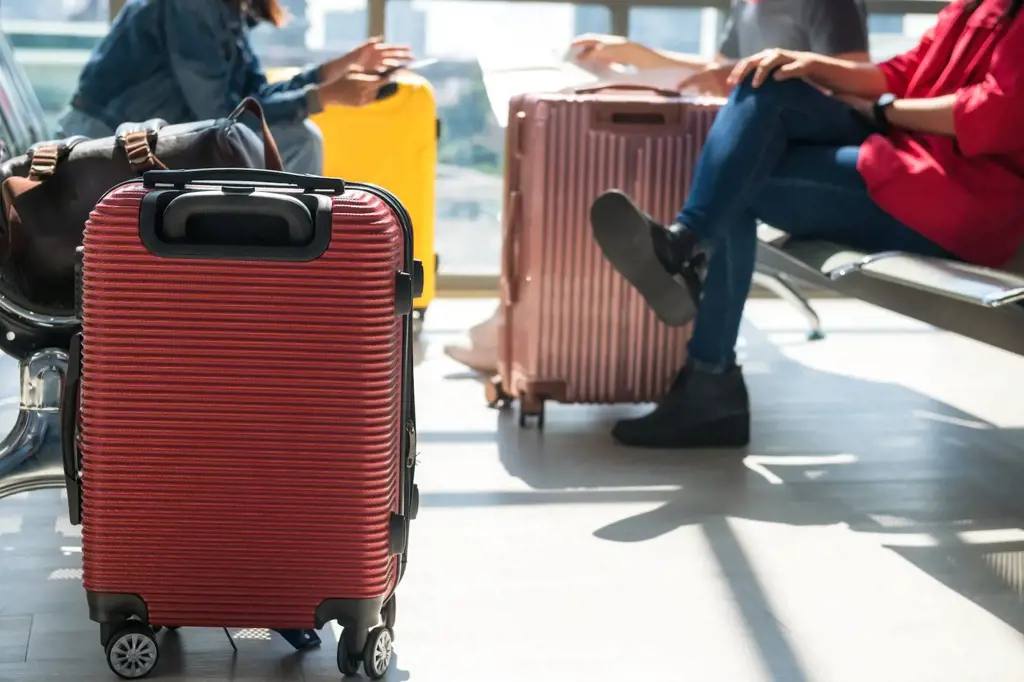
Traveling internationally can be an exciting experience, but it's important to familiarize yourself with the current carry-on luggage size restrictions before you jet off. These restrictions can vary from airline to airline and country to country, so it's crucial to check with your airline before you pack your bags.
The International Air Transport Association (IATA) sets guidelines for carry-on luggage size, but it's up to individual airlines to enforce them. Generally, most airlines follow the IATA guidelines to ensure a smooth travel experience for all passengers.
The IATA suggests that the maximum dimensions for carry-on luggage should be 22 inches long, 14 inches wide, and 9 inches tall (56cm x 36cm x 23cm). However, there are variations among airlines, so it's best to check the specific requirements for your airline.
Some airlines may have slightly different size restrictions, especially for regional or budget carriers. For example, a low-cost airline may have a smaller carry-on size limit, such as 20 inches long, 12 inches wide, and 8 inches tall. Additionally, some airlines may have weight restrictions for carry-on luggage, typically around 15-26 pounds (7-12 kilograms).
It's also important to note that these size restrictions include the wheels and handles of your luggage. Many airlines have sizers at the gate or check-in counters to ensure that your bag meets the size requirements. If your bag doesn't fit within the designated sizer, you may be required to check it in and potentially pay a fee.
To avoid any hassle, always double-check the size restrictions with your airline before packing your carry-on luggage. You can usually find this information on the airline's website or by contacting their customer service. Additionally, consider investing in a luggage scale to ensure that your bag meets the weight requirements as well.
In summary, the current international travel bag size restrictions for carry-on luggage generally follow the guidelines set by the International Air Transport Association (IATA). However, it's important to check with your specific airline to ensure that your carry-on luggage meets their requirements. Pay attention to size, weight, and any additional restrictions specific to your airline to make your travel experience as smooth as possible.
Connecticut Updates Restricted Travel List in Response to COVID-19 Surge
You may want to see also

How do different airlines' bag size restrictions vary for international travel?
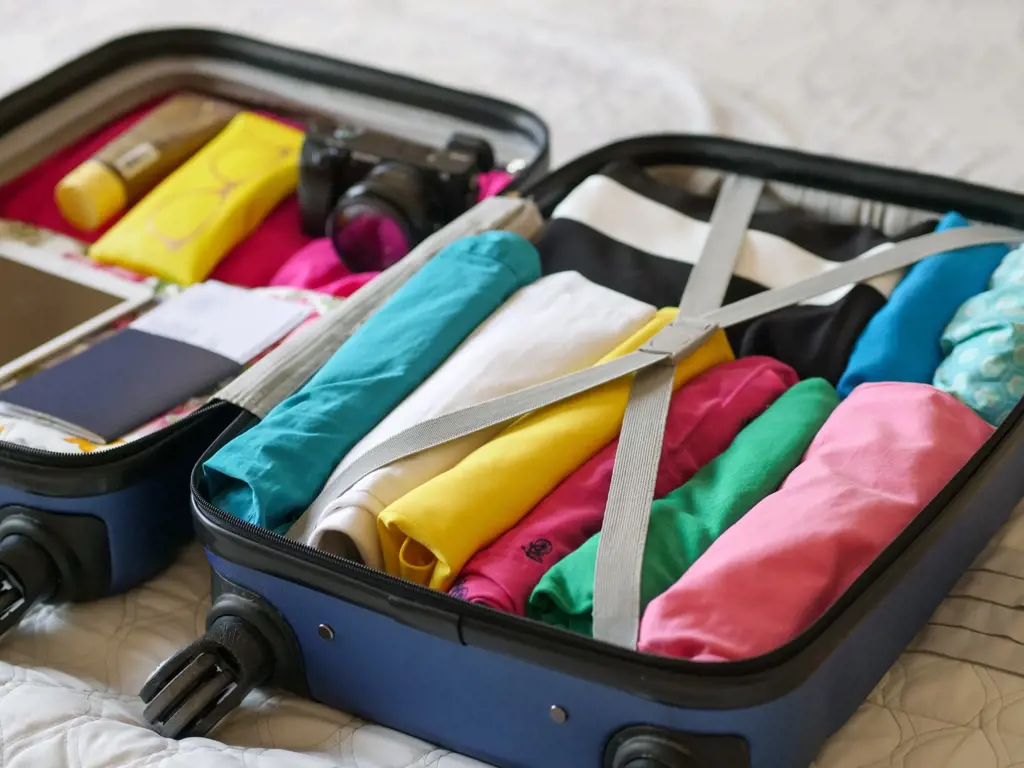
When it comes to international travel, one of the most important things to consider is the size of your bags. Different airlines have different bag size restrictions, so it's crucial to know the specific rules and regulations before you set off on your journey. In this article, we will explore some examples of how bag size restrictions vary for international travel across different airlines.
American Airlines:
American Airlines allows passengers to bring one carry-on bag and one personal item on board. The carry-on bag must not exceed the dimensions of 22 x 14 x 9 inches (56 x 35 x 23 cm) and must fit in the overhead bin. The personal item, such as a purse or laptop bag, must fit under the seat in front of you.
United Airlines:
United Airlines also permits one carry-on bag and one personal item. The carry-on bag should not exceed the dimensions of 22 x 14 x 9 inches (56 x 35 x 23 cm) and must fit in the overhead bin. The personal item should fit under the seat.
British Airways:
British Airways allows one cabin bag and one personal item. The cabin bag must not exceed the dimensions of 22 x 18 x 10 inches (56 x 45 x 25 cm), including handles, wheels, and any side pockets. The personal item should be smaller and able to fit under the seat.
Emirates:
Emirates permits one carry-on bag and one personal item. The carry-on bag should not exceed the dimensions of 22 x 15 x 8 inches (55 x 38 x 20 cm) and must fit in the overhead bin. The personal item should fit under the seat.
Air France:
Air France allows one cabin bag and one personal item. The cabin bag should not exceed the dimensions of 21.7 x 13.8 x 9.9 inches (55 x 35 x 25 cm). The personal item should be smaller and able to fit under the seat.
Qantas Airways:
Qantas Airways permits one cabin bag and one personal item. The cabin bag dimensions must not exceed 22 x 14 x 9 inches (56 x 36 x 23 cm). The personal item should fit under the seat.
Lufthansa:
Lufthansa allows one carry-on bag and one personal item. The carry-on bag must not exceed the dimensions of 21.6 x 15.7 x 9 inches (55 x 40 x 23 cm) and must fit in the overhead bin. The personal item should fit under the seat.
It's important to note that these size restrictions may vary depending on the airline, the class of service, and the specific route. Additionally, weight restrictions may also apply. It's always advisable to check with the respective airline before your trip to ensure compliance with their bag size limitations.
In conclusion, bag size restrictions for international travel can vary between different airlines. It's essential to familiarize yourself with the specific dimensions and regulations for your airline to avoid any inconvenience or unexpected fees. By carefully adhering to the guidelines, you can ensure a smooth and stress-free journey.
Understanding Security Clearance Travel Restrictions: What You Need to Know
You may want to see also

Are there any specific types of items or materials that are prohibited from international travel bags regardless of size?
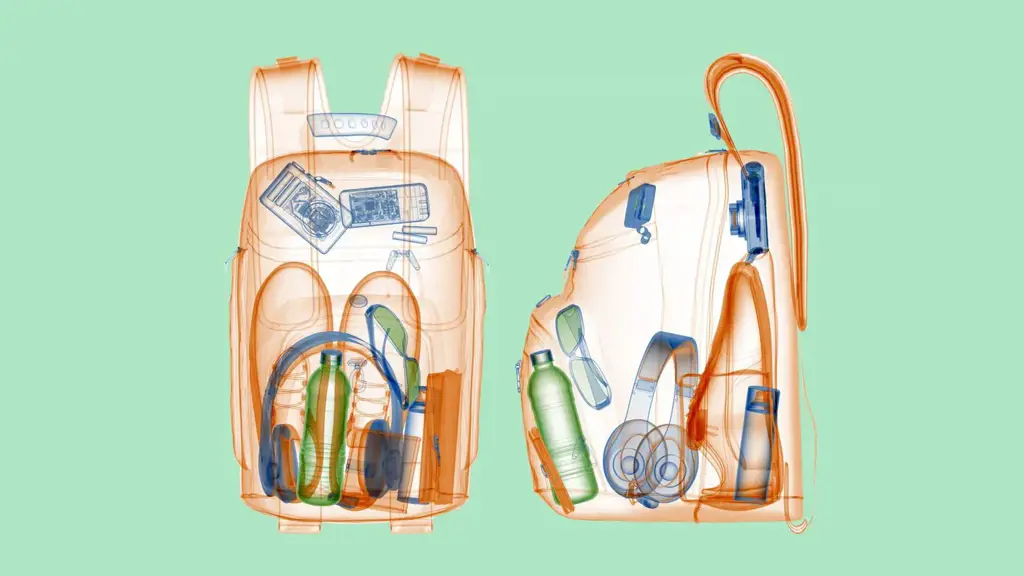
When it comes to international travel bags, there are certain items or materials that are prohibited from being taken on board, regardless of their size. These restrictions are put in place for various reasons, including safety and security concerns. It is important for travelers to be aware of these prohibitions to avoid any unnecessary complications during their journey.
One common type of item that is universally prohibited from travel bags is any flammable or explosive material. This includes, but is not limited to, items such as fireworks, gasoline, propane tanks, and certain types of batteries. These materials pose a serious risk to the safety of the passengers and crew on board the aircraft, and are therefore strictly prohibited.
Another category of prohibited items is sharp objects. This includes items such as knives, scissors, and razors. While small pocket knives are often allowed in checked luggage, they are generally not allowed in carry-on bags. This is to prevent any potential harm that could be caused to passengers or crew members.
Additionally, there are restrictions on certain liquids, gels, and aerosols. The "3-1-1" rule is commonly followed, which means that containers must be 3.4 ounces (100 milliliters) or less, all containers must fit in a single quart-sized plastic bag, and each passenger is allowed only one bag. This rule is in place to limit the amount of liquid explosives that can be carried on board.
Furthermore, there are specific restrictions on items such as firearms and other weapons. These items are not allowed in travel bags, and in most cases, travelers must declare them and follow specific procedures for transporting them. It is important to check with the airline and local authorities for the specific regulations regarding firearms transportation.
Certain biological and chemical substances, including pathogens and radioactive materials, are also prohibited from travel bags. These substances can pose a serious risk to the health and safety of others, and they are therefore strictly regulated.
It is important for travelers to familiarize themselves with the specific rules and regulations of their destination country as well. Some countries may have additional restrictions on certain items or materials, and failure to comply with these regulations can result in legal consequences.
In conclusion, there are certain items or materials that are universally prohibited from international travel bags, regardless of their size. These prohibitions include flammable or explosive materials, sharp objects, certain liquids, gels, and aerosols, firearms and other weapons, biological and chemical substances, and other specific regulations set by individual countries. It is essential for travelers to be aware of these restrictions to ensure a smooth and hassle-free journey.
The Current Status of Domestic Air Travel Liquid Restrictions: What You Need to Know
You may want to see also

Are there any exceptions or allowances for international travelers with medical equipment or special needs?
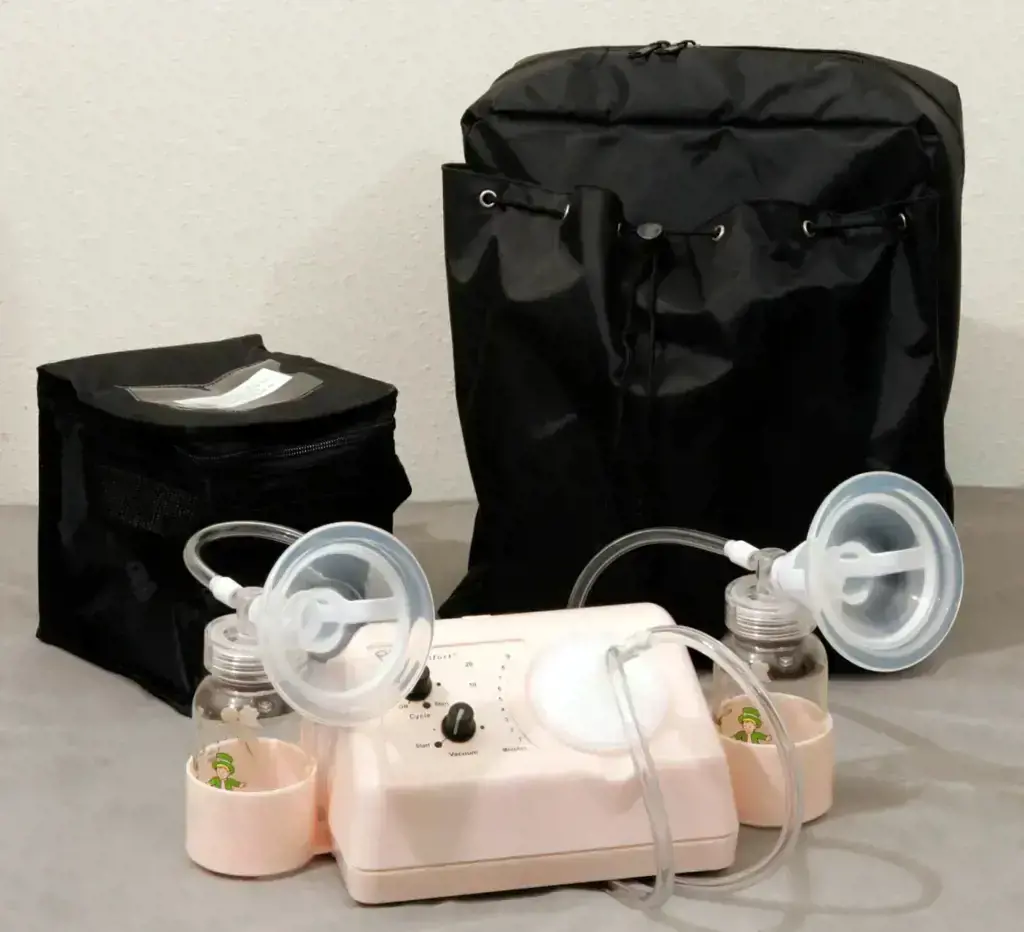
Traveling can be a daunting experience, especially for those with medical equipment or special needs. However, many countries have made special provisions for international travelers in order to accommodate their unique requirements and ensure a safe and comfortable journey. This article will explore some of the exceptions or allowances that may be available for international travelers with medical equipment or special needs.
Firstly, it is important to note that requirements can vary between countries, so it is essential to check the specific regulations of the destination country before traveling. This can be done by contacting the embassy or consulate of that country or consulting travel advisory websites. These resources will provide information on the necessary documentation and procedures to follow when traveling with medical equipment or special needs.
In general, most countries require travelers to have a letter from a licensed healthcare professional detailing their medical condition, required equipment, and medication. This letter should be written in English and include the traveler's name, date of birth, passport number, and a clear description of the medical condition or special needs. It may also be necessary to provide a prescription or medical certificate for any prescribed medication or medical devices.
For individuals traveling with medical equipment such as wheelchairs, mobility scooters, or oxygen concentrators, there are additional considerations. Many airlines have specific policies regarding the transportation of medical equipment, including size and weight restrictions, battery requirements, and the need for advanced notification. It is advisable to contact the airline in advance to discuss the specific requirements for transporting medical equipment and to ensure that it can be accommodated on the chosen flight.
Some countries also require travelers to register their medical equipment or special needs in advance. This can be done by completing a declaration form or contacting the relevant authority in the destination country. This allows the authorities to be aware of the traveler's needs and provide any necessary assistance upon arrival.
In certain cases, travelers may be eligible for special services or assistance at airports or during the flight. Many airports have dedicated services for passengers with special needs, including wheelchair assistance, priority boarding, and dedicated security screening lanes. Airlines also offer various services, such as onboard medical oxygen, accessible seating, and assistance with connecting flights. It is recommended to request these services in advance to ensure a smooth travel experience.
It is important to note that while many countries have made provisions for international travelers with medical equipment or special needs, it is still essential to plan ahead and ensure all necessary documentation and arrangements are in place. This will help to avoid any potential difficulties or delays during the journey.
In conclusion, there are exceptions and allowances for international travelers with medical equipment or special needs. These exceptions may include the requirement for a letter from a licensed healthcare professional, the need to register medical equipment in advance, and the availability of special services and assistance at airports and during the flight. It is important to research and check the specific requirements of the destination country and to plan ahead to ensure a safe and comfortable journey.
Understanding the Gaza Travel Restrictions: Challenges and Implications for the Palestinian People
You may want to see also

How strictly are international travel bag size restrictions enforced at airports and what are the consequences of non-compliance?
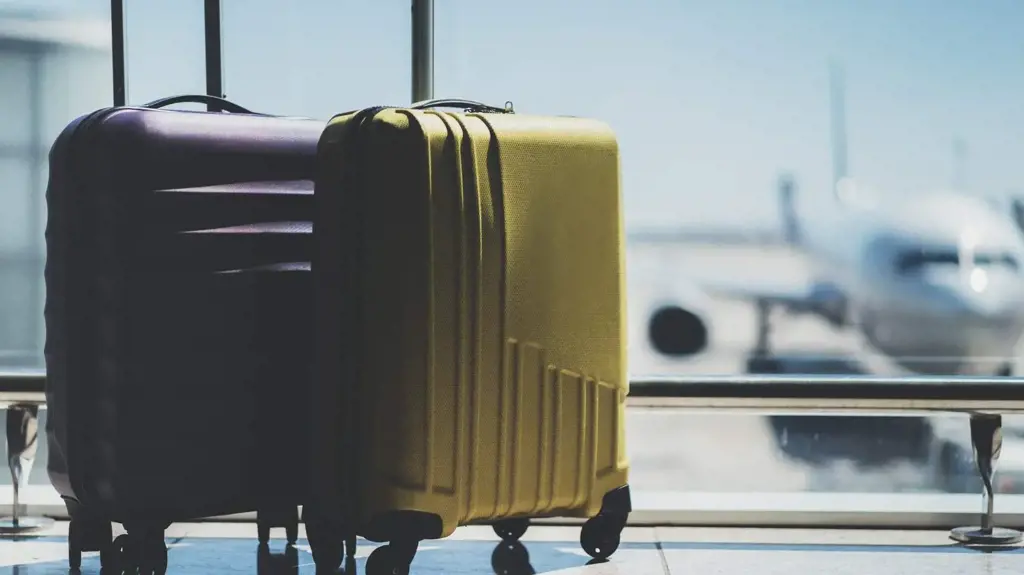
International travel bag size restrictions are put in place to ensure that carry-on luggage fits in the overhead compartments or under the seat in front of you. These restrictions vary depending on the airline and destination, so it is important to check the specific rules for your flight. While some travelers wonder how strictly these restrictions are enforced, it is important to comply with them to avoid potential consequences.
Airport staff and security personnel are responsible for enforcing these restrictions, and they may measure or weigh bags to ensure compliance. If your bag exceeds the size limits, you may be asked to check it in or pay additional fees. In some cases, if the bag is significantly oversized, you may not be allowed to bring it on board at all.
The consequences of non-compliance with bag size restrictions can include:
- Checking in: If your bag exceeds the size limits, you may be asked to check it in. This means that you will need to go through the additional process of checking in your bag, which may result in longer wait times and potential delays. Additionally, if your bag is overweight, you may be required to pay additional fees for the excess weight.
- Fees: Many airlines have strict guidelines for carry-on bag sizes and weight limits. If your bag exceeds these limits, you may be required to pay additional fees. These fees can vary depending on the airline and can range from a few dollars to over $100, depending on the size and weight of the bag.
- Inconvenience: If your bag is deemed too large at the boarding gate, you may be required to remove items from your bag and transfer them to your personal item or another bag. This can be inconvenient and time-consuming, especially if you have valuable or fragile items in your bag.
- Denied boarding: In some cases, if your bag is significantly oversized or if the flight is particularly full, you may be denied boarding if there is no space available for your bag in the overhead compartments. This can result in rebooking on a later flight or even missing your flight altogether.
To avoid these consequences, it is best to comply with the bag size restrictions set by the airline. Before your trip, check the specific rules for your airline and destination, and measure and weigh your bag to ensure compliance. If your bag is larger than the allowed dimensions, consider checking it in or using a smaller bag for your carry-on items. By following these guidelines, you can ensure a smoother travel experience and avoid any unexpected consequences.
Understanding the Current Arizona Travel Restrictions: What You Need to Know
You may want to see also
Frequently asked questions
The typical size restrictions for international carry-on bags vary from airline to airline. However, a common size limit is around 22 inches x 14 inches x 9 inches (56cm x 36cm x 23cm). It is important to check with your specific airline to ensure compliance with their size restrictions.
Unfortunately, most airlines have specific size restrictions for carry-on bags that must be adhered to, regardless of weight. Even if your bag meets the weight limit, it may be deemed too large and you may be required to check it in.
There can be exceptions to size restrictions for carry-on bags, especially for certain types of equipment or special needs. For example, some airlines may allow larger musical instruments or medical equipment to be brought on board as long as they meet certain criteria. It is always best to contact your airline beforehand to discuss any special circumstances.
If your carry-on bag exceeds the size restrictions set by the airline, you will likely be required to check it in. This may result in additional fees or the possibility of your bag being delayed or lost during the transfer. To avoid any inconvenience, it is recommended to carefully pack and measure your carry-on bag according to the airline's size restrictions.
Yes, there are size restrictions for checked baggage on international flights as well. These restrictions may vary depending on the airline and class of service. It is important to check with your specific airline to ensure compliance with their size restrictions for checked baggage. Additionally, it is essential to consider the weight restrictions as well, as excess weight may result in additional fees or the need to repack your belongings.







